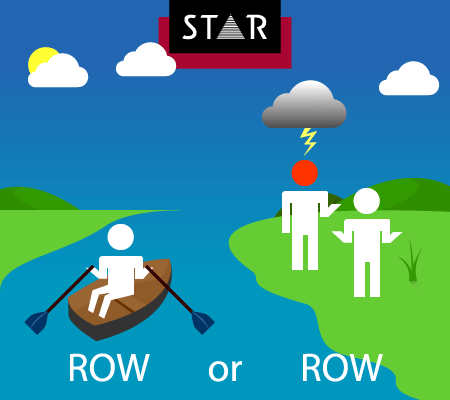
Is it row or row?
Row or row are known as homonyms (i.e. words with the same spelling or pronunciation). While they share the same spelling, they have different pronunciations.
We’re often asked why we cannot translate a single word or a collection of short phrases on the spot for someone. Professional translators will tell you that sometimes the smallest phrase can be the most difficult to translate. Sounds silly, but look at the illustration above …
In this example, a single word has two completely different meanings – often referred to as homonyms.
Is row a verb, referring to rowing a boat? Or a noun / verb, meaning to argue or an argument?
The only way you’d know is if you …
- heard the word spoken
- knew the context of the conversation
- knew where the text came from and what it’ll be used after it’s translated
For those interested, this is the number one reason why free translation or automatic translation on the internet delivers such bad results.
Another example of this type of mistranslation is the word armed. Does this refer to an alarm on a phone, a watch being set or a person with weapons?
Try entering a few sample sentences into Google Translate to see what you get. Pick a target language that you have some knowledge of first to better understand how context helps.
